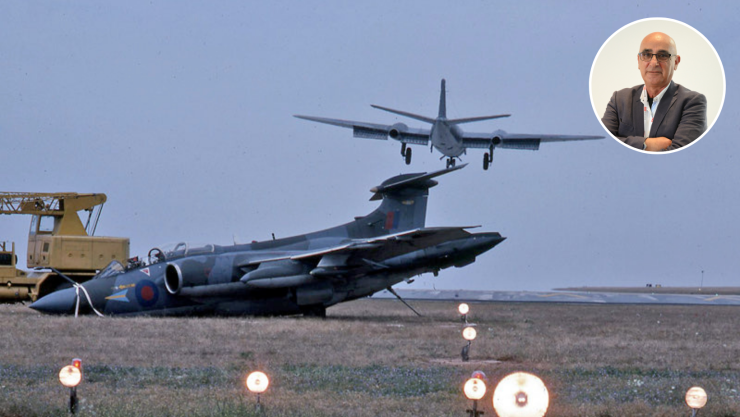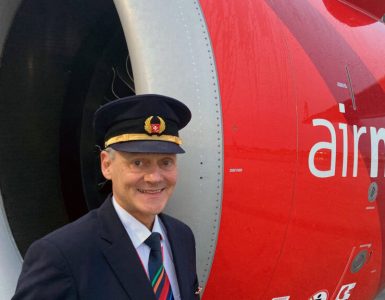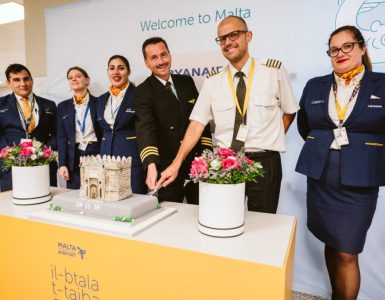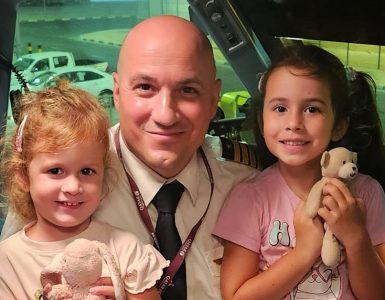Penned by Joe Ciliberti
It was unseasonably wet one 4th of June, 1976. A heavy downpour had just descended on Malta that early afternoon, and being a Friday, RAF Luqa used to have a number of visitors from various other RAF bases in the UK and Germany who would fly in for a weekend stop.
On this day, RAF Luqa was expecting around half a dozen Blackburn Buccanners. The Buccaneer was a very capable robust, low-level strike aircraft. The RAF had three squadrons of them in the UK at RAF Honington, Suffolk, and three others in Laarbruch, Germany.
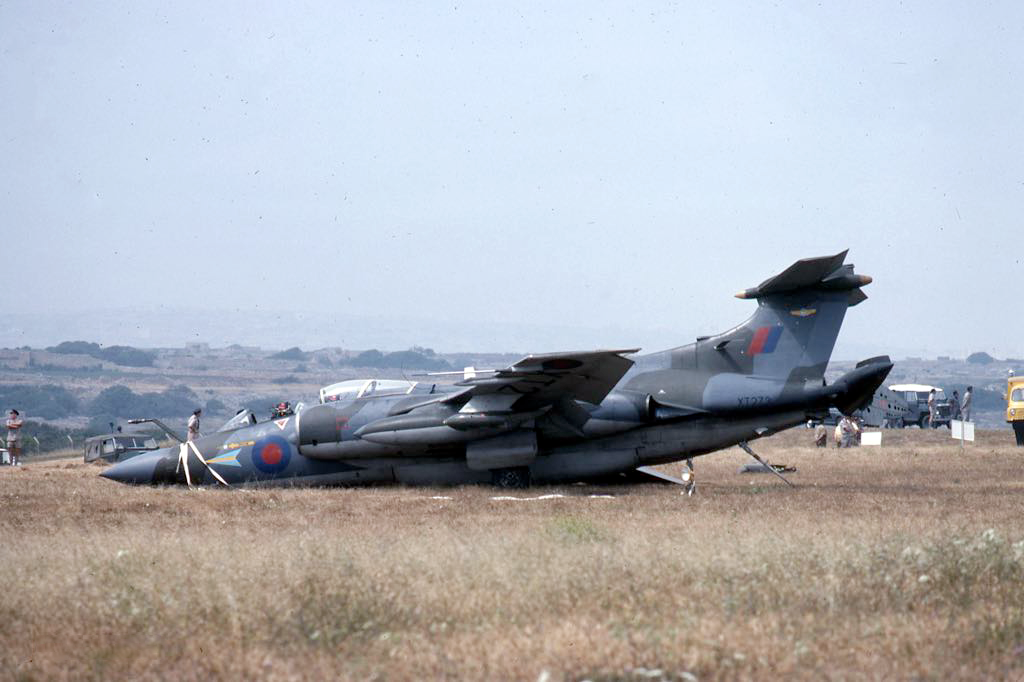
I happened to witness the whole event as it unfolded. By the landing time of the first two Buccaneers’ arrival, the rain had decreased in its intensity, however, I was making my way up a Neolithic-times-like collection of massive stones on the Hal Farrug Road which was the ideal spot to photograph aircraft as they vacated the active RW24. Trying hard to shield my camera from the rain, I mentally observed that the second Buccaneer was still going pretty fast, considering its position was almost at the end of the runway. Sure enough, I heard brakes squeaking and all of a sudden this jet ran off the end-of- runway and violently veered right, now firmly on the grass. I was only 17 then, so the guy I was with (Joe Coleiro, RIP) and I ran back down the wall to get into his Morris 1000 to drive to the undershoot of RW06.
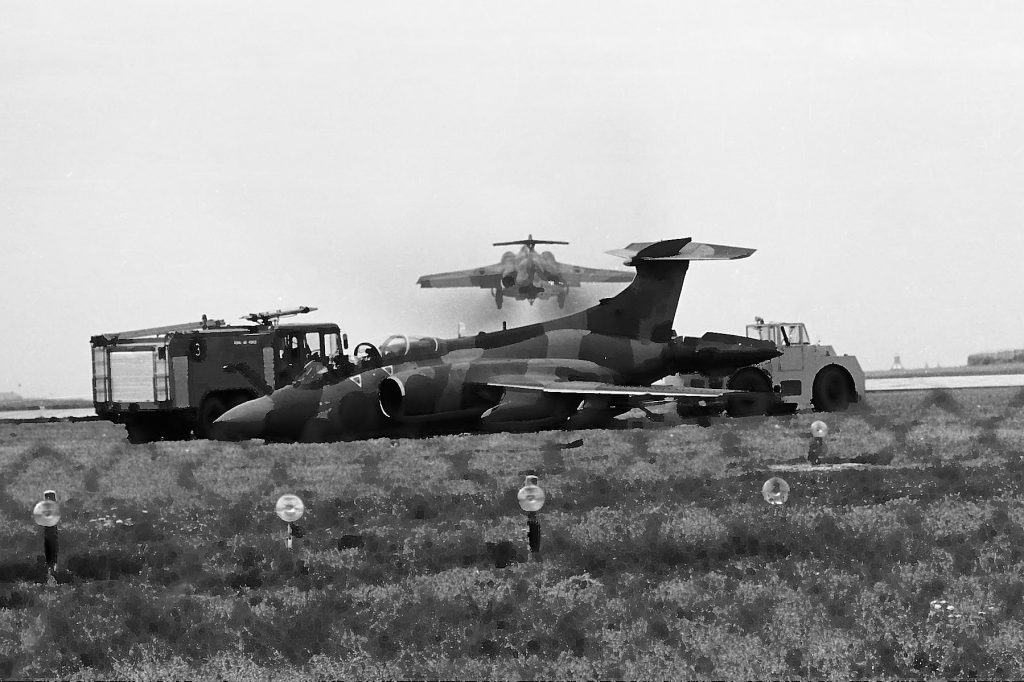
The jet in question was a Hawker Siddeley Buccaneer S-2A carrying the RAF serial number XT273, belonging to No 208 Squadron. As soon as we got there the pilot in front had exited the aircraft and ran in our direction. However there was no sign of the navigator in the rear seat. The pilot stopped his run, looked back and realised his navigator was trapped in the aircraft. The Buccaneer had a strange set-up as the canopy didn’t open like other fast jets. It slid backwards, so with the rough ride on the grass the canopy did not slide all the way back as it should, thus trapping the navigator in his seat. The pilot ran back, hit the front side of the Buccaneer with some kind of tool and soon enough the navigator got out of his seat and both made a run in our direction, trying to get as far away from the stricken jet as possible. I also observed that the fire trucks took ages to arrive on the scene.
Now this is only part of the story! Being a Friday afternoon, most RAF personnel would be getting ready to go home for the weekend. Not so fast! The RAF engineers on duty started wrapping the Buccaneer with all the different kind of strapping material along strategic points of the jet as they waited for a local contractor to come and assist with the lifting. Once all was ready, and the crane eventually arrived on the scene I sat next to a serving RAF serviceman, by the name of John Kyte, who had just finished work and came out to join us see the recovery of the Buccaneer from its location on the grass. The moment the crane arrived, John promptly told me this is not going to end well, and sure enough, as soon as the crane started lifting the stricken jet the whole thing fell back to the ground with a bang! John and I have remained close friends since that fateful day.
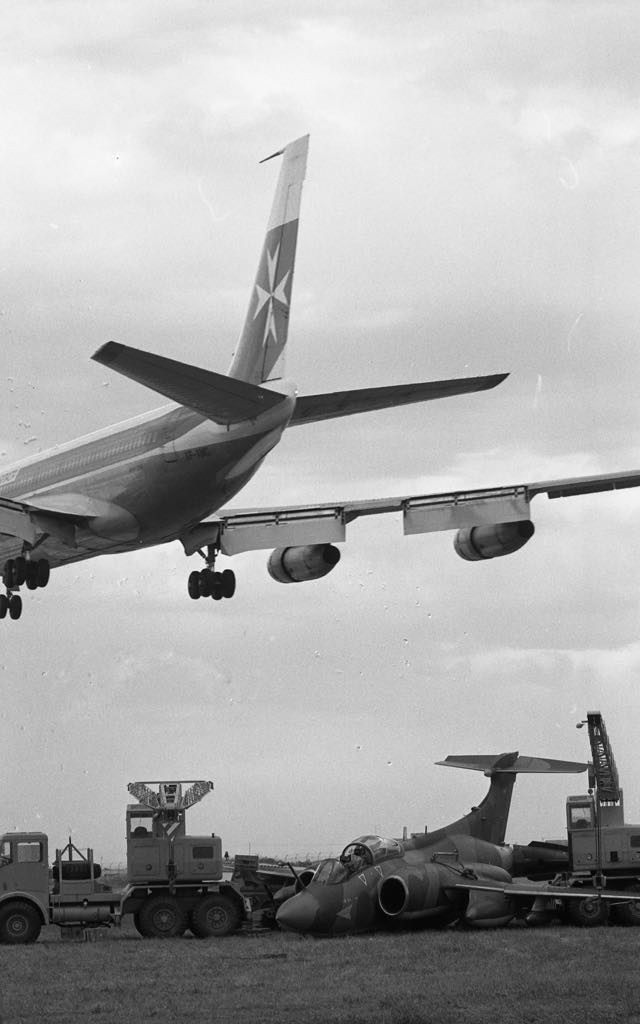
As is expected, an investigation into the incident was carried out and among the list of conclusions it noted that the sheer amount of water on the runway coupled by a lower-than-expected hydraulic pressure in the jet’s system slowed down the arresting hook from coming down in time to grab the arresting wire that was deployed across the runway specifically to stop any runway excursion in case of failed brakes on fast jets.
Buccaneer XT273 spent a few weeks in a hangar to be repaired and after a short test-flight it flew back to its home in Honington where it continued to serve in RAF service until it was scrapped in 1991.


